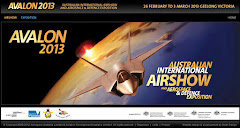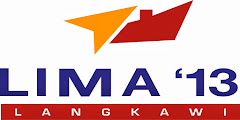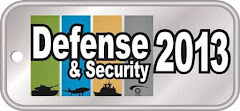 Boeing JHMCS (photo : militaryphotos)
Boeing JHMCS (photo : militaryphotos)
Boeing scores another Air Force production contract for Joint Helmet Mounted Cueing System
WRIGHT-PATTERSON AFB, Ohio. U.S. Air Force aviation experts needed helmet-mounted targeting systems for the U.S. Navy, as well as for air forces in Pakistan, Belgium, Australia, Canada, Switzerland, and Finland. They found their solution from the Boeing Co. Defense, Space & Security segment in St. Louis.
The Air Force Aeronautical Systems Center (ASC) at Wright-Patterson Air Force Base, Ohio, awarded Boeing a $31.7 million full-rate production contract Thursday for the Joint Helmet Mounted Cueing System (JHMCS) for Navy and international users. The Air Force manages the Boeing JHMCS program.
Boeing began initial production of the JHMCS in 2000 and has been at full-rate production for the aircraft pilot system since 2005. The company has won several full-rate production contracts for the JHMCS, which is deployed on more than 2,500 F-15, F-16 and F/A-18 combat jets worldwide, Boeing officials say.
The JHMCS helps jet fighter pilots fire the AIM-9X Sidewinder heat-seeking air-to-air missile as part of the High-Off-BoreSight (HOBS) system that enables pilots to aim onboard weapons at enemy aircraft by pointing their heads at the targets.
In an air-to-ground role, pilots use the JHMCS with targeting sensors and smart weapons to attack surface targets. In all roles, images and symbology are projected onto the JHMCS visor to provide the pilot with aircraft status information, targeting data, weapons status, and threat warning information no matter where the pilot is looking.
The idea is to enhance pilot situation awareness throughout the mission. In a dual-seat aircraft, each crew member can wear a JHMCS helmet, perform operations independently of each other, and have continuous awareness of where the other crew member is looking, Boeing officials say.
The JHMCS has a magnetic helmet-mounted tracker determines where the pilot's head is pointed, and combines that capability with a miniature display system on the helmet's visor. The head tracker and visor display can aim sensors and weapons wherever the pilot is looking.
The JHMCS can the pilot airspeed, altitude, target range, and other information while the pilot looks outside of the cockpit. To attack a ground target, the pilot can acquire the target with a sensor and note it's location on the helmet display, or use the helmet display to cue sensors and weapons to a visually detected ground target.
Since targets may be located at high-off-boresight line-of-sight locations in relation to the shooter, the system delivers a short-range intercept envelope that is larger than other air-to-air weapons. The helmet also can be datalinked to hand visually detected targets from one aircraft to another.
(Military Aerospace)










Tidak ada komentar:
Posting Komentar